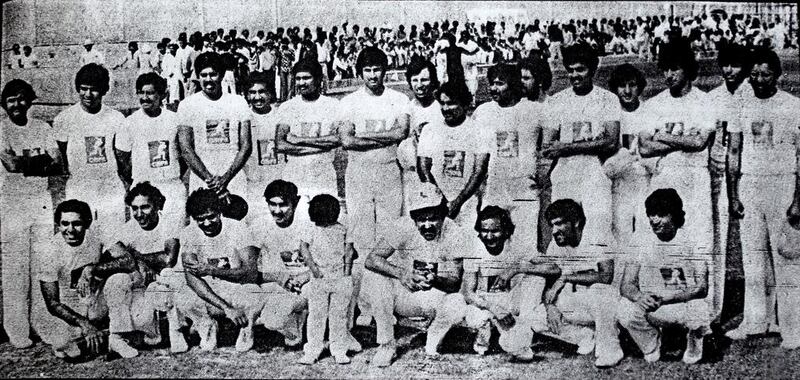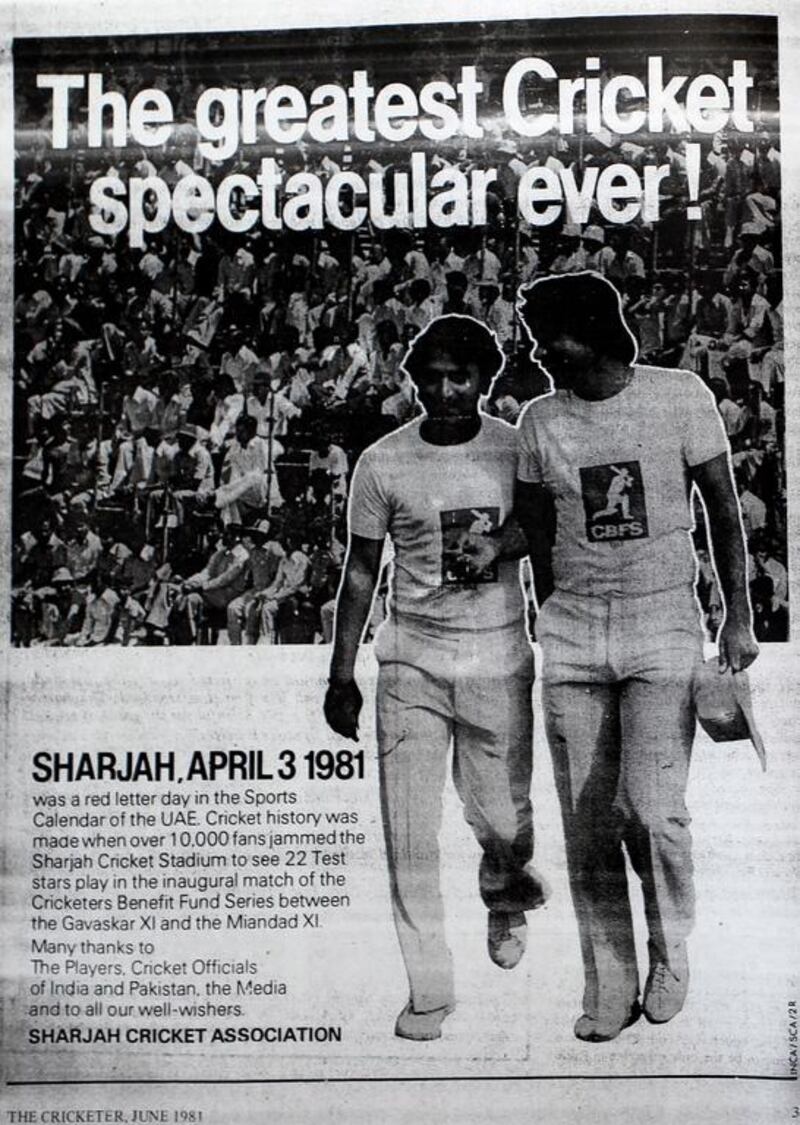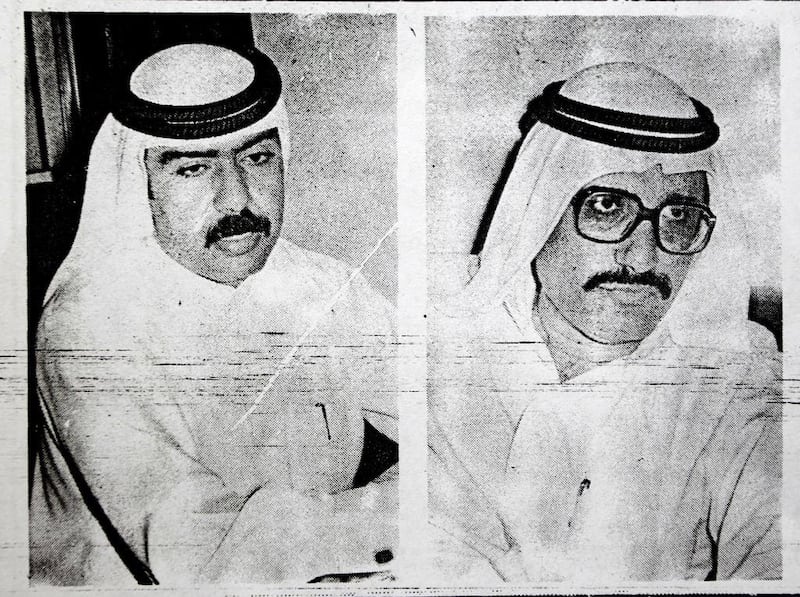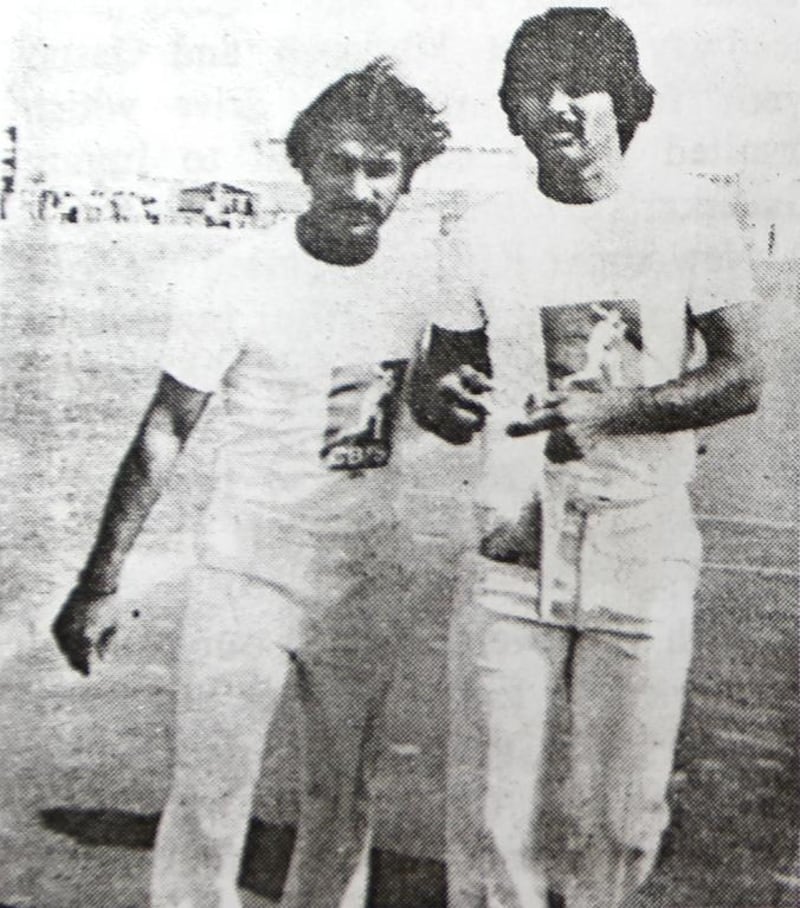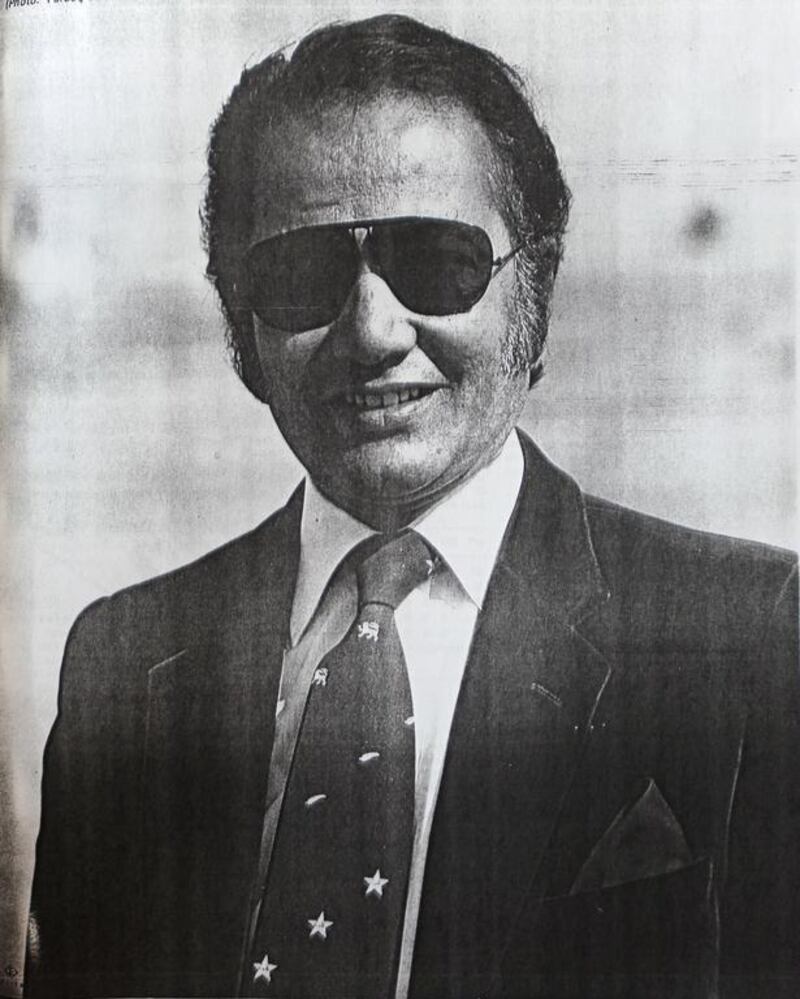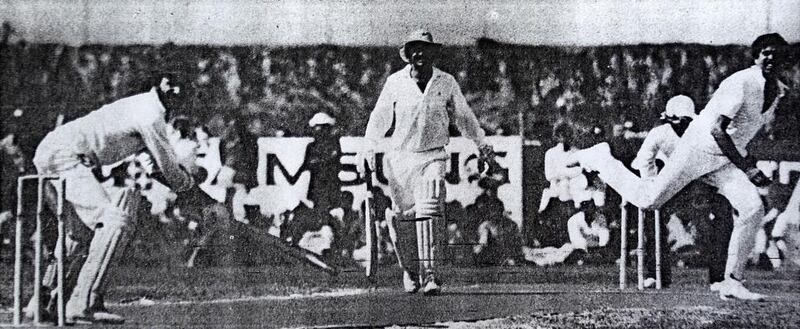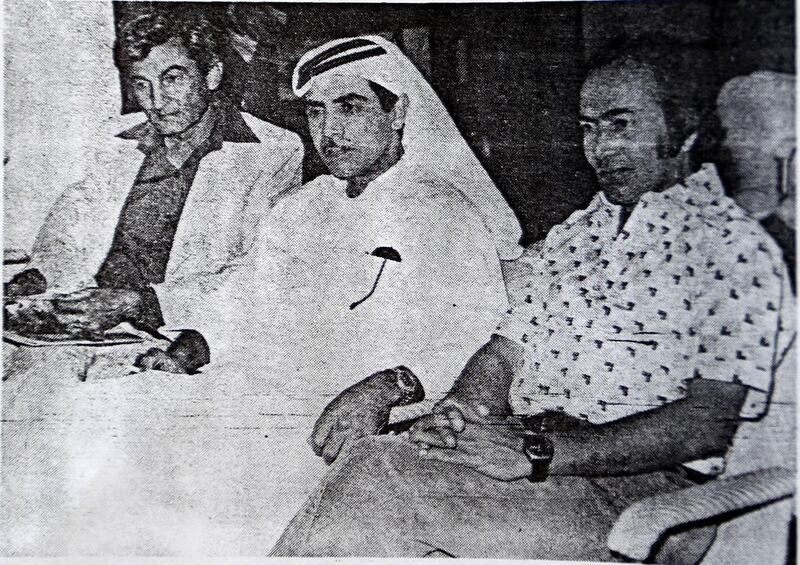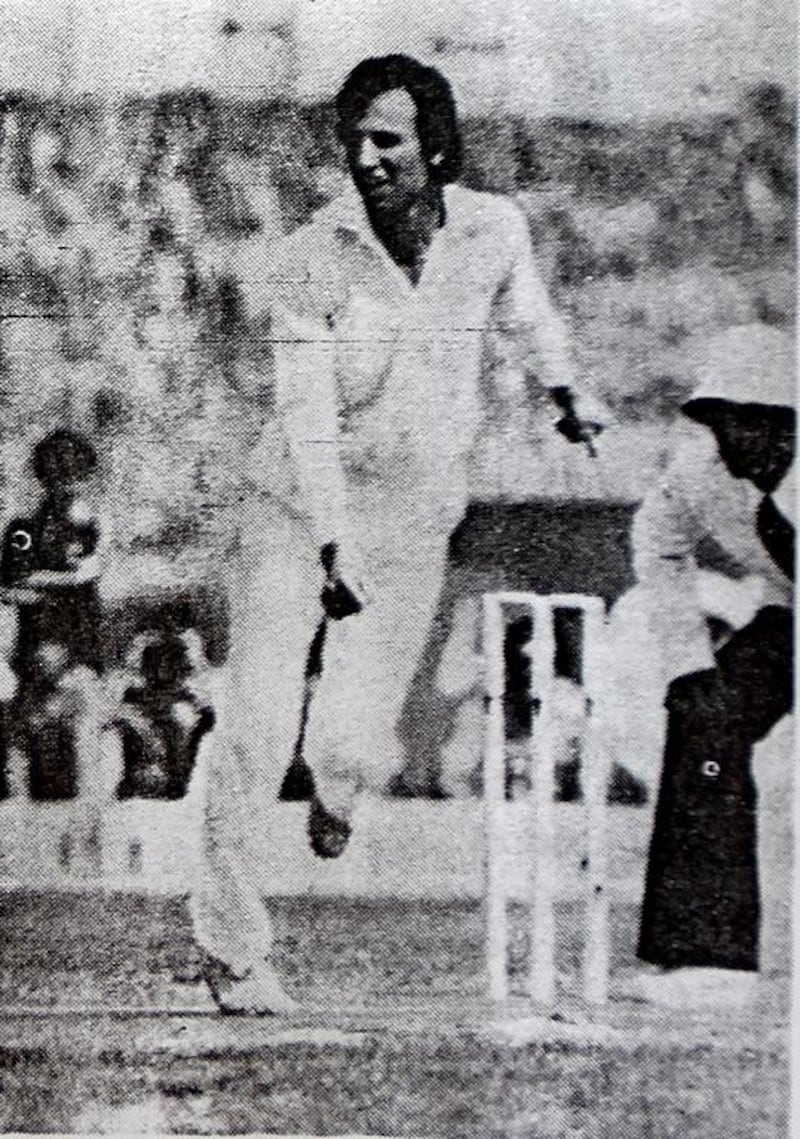Once, in the late 1970s, Abdul Rahman Falaknaz, one of the country’s most prominent cricket patrons and administrators, found himself trying to explain to authorities and young students how cricket works.
They understood just fine, except that, much like Americans, they could not get past the idea of a game stretching out over five days. The idea of limited overs, on the other hand, made undeniable sense: a 20-over game, Falaknaz felt at the time, was a perfect introduction.
Falaknaz recalled the tale recently at the launch of the Masters Champions League, a Twenty20 event for retired international stars to be held in the UAE. It was an apposite anecdote for the occasion, completing a full circle, of sorts.
But it was also appropriate in a bigger picture.
The spiritual birthplace of the one-day international, as we know it now, is widely acknowledged to be Kerry Packer’s World Series Cricket (WSC) in Australia in the late 1970s. That is a correct acknowledgement as much as it is a narrow one.
Because as much as anything else, the roots of the modern ODI, in particular its place in its most fervent constituencies in India and Pakistan, can be traced back to an encounter in Sharjah more than 34 years ago.
The game, on April 3, 1981, between two full-strength sides from India and Pakistan was not an official ODI. It was not even a particularly exciting one. But it did change cricket.
Cricket connects the Emirates to South Asia
One obvious way to understand the vibrancy of the cricket scene in the UAE is to attribute it to the mass migrations from the subcontinent.
It is still players from India, Pakistan, Sri Lanka and Bangladesh who populate the local cricket landscape. But it is the much tinier reverse migrations that have proved seminal in developing the game.
Abdul Rahman Bukhatir went to study in Karachi in the 1960s and ’70s, at the famous NJV School (Falaknaz spent some of his youth there and studied in Mumbai, as did another renowned Emirati administrator, Mohammed Redha Abbas).
The son of a judge, Bukhatir became besotted by the game. When he returned to the Emirates, to establish a vast business empire, he simply brought cricket back with him.
The scene he returned to was thin but not completely barren. In the early ‘60s, British army officers used to play cricket on the old Sharjah airport runways (the base of the British Army). In the Wisden India Almanack 2015, Shyam Bhatia recalled importing a matting wicket in 1968 from Kolkata.
“We carried it in our Land Rover during weekends and rolled it out wherever we thought it looked good enough to play,” said Bhatia, a businessman better known as a cricket aficionado.
But it was Bukhatir, with help from a long-time employee Qasim Noorani, who gave the scene order, establishing an organised league and the Sharjah Cricket Association in 1974.
Bukhatir patronised several clubs and, in some instances, hired first-class cricketers from Pakistan in his companies to play for them.
The Bukhatir League became the centre of a vibrant season, conducted mostly on four sandy grounds with cement wickets behind where Safeer Mall now stands on the Dubai-Sharjah motorway.
[ THE ENTIRE MEMORY LANE SERIES LOOKING BACK AT MAJOR UAE SPORTING MILESTONES IS AVAILABLE HERE ]
Two events propelled Sharjah towards that first game. In February 1976, Bukhatir invited a strong Pakistan domestic team to play two 50-over games against a local XI; the Pakistan International Airlines (PIA) side featured seven Test players, including Imran Khan, Majid Khan and Wasim Bari. Of all things, rain prevented the second from finishing.
According to the March 1976 issue of The Cricketer magazine, “it was a pleasant tour, arranged in wake of profuse publicity and fan fare”.
Fans arrived to watch from Dubai and Abu Dhabi, as did Dr Sheikh Sultan bin Mohammed, the Ruler of Sharjah.
Ali Anwar Jafri arrived in Sharjah in 1976 to work for a Bukhatir company but mainly to play for the Sharjah Club, where he would be among the leading wicket takers in the club’s history.
“That was a big side and they toured just before I got here. From that trip, Bukhatir felt there should be international cricket in the UAE,” said Jafri, who would play a big role in making it happen.
Jafri said the former Pakistan batsman Hanif Mohammed was a “big hero” of Bukhatir’s and he “really wanted to do something for him”.
Then, in May 1978, Bukhatir took a side from the UAE to Pakistan, where they played nine games against domestic sides. It was on this trip that Bukhatir began establishing greater contacts with Pakistani players and officials.
A plan was formalising in his mind, through which he could pay tribute to Hanif as well as bring international cricket to Sharjah. He got in touch with former spinner and PIA employee Haseeb Ahsan, who, in turn, could think of no one better than Asif Iqbal.
At the time Iqbal was one of Pakistan’s more prominent players and would captain their tour to India in 1979/80. Vitally, he had played a role in recruiting Pakistani players to Kerry Packer’s WSC.
“Haseeb told me about Bukhatir and his plans for Hanif,” Iqbal said. “He said, ‘Why don’t you get two teams together and you can get a benefit out of it as well’. So I met Bukhatir in London that year [1980], and then again in Sharjah.”
Iqbal even played a couple of club games during his stay, but he had a bigger task. “Get an Indo-Pak team together and I’ll put $50,000 in as a benefit to you as well,” Bukhatir told him.
The emergence of the Sharjah cricket stadium
In October 1980, Bukhatir took Iqbal to a large plot of land, about 200,000 square metres, next to the Sharjah Sports Club.
“At the time there was a huge construction boom so this whole ground was like a big crater,” Jafri remembered. “Trucks used to come and take soil from here to go for construction elsewhere.”
Iqbal was naturally sceptical, for it hardly looked like a cricket ground, but Bukhatir was undeterred. He told Iqbal to arrange the teams and he will take care of conjuring up a ground by March.
“Bukhatir had it filled up entirely,” said Jafri, who, by then, was one of the official organisers of the game. “At the time, the Sharjah Ruler offered Bukhatir a space across the road from the ground as it stands now.
“But Bukhatir wanted the cricket ground to be part of the complex so that they could also use facilities. So he decided to have it there.”
Once levelled, grass was grown on the outfield. On the cement wicket they laid out an astro-turf mat. Square of the wicket on either side two scaffolding structures were put up, for spectators.
The pavilion and dressing rooms were rudimentary, temporary structures, and for lunch the players had to go to the dining hall of the Sharjah Football Club.
It helped that Bukhatir had a construction company. A huge workforce was deployed so that by April, one month later than Bukhatir had planned, a ground was ready.
Iqbal, meanwhile, was working the players. Having just retired and as such a senior figure, this was hardly a problem.
He ended up pulling in the India and Pakistan sides of the day (it helped also that US$200,000, or Dh734,630 at today’s rate, was on offer in prize money): a Javed Miandad XI to take on a Sunil Gavaskar XI.
The match was to be the first played under the banner of the Cricketers Benefit Fund Series (CBFS) and a 15-man committee set up to run it.
By April 3, 1981, everything was in place. Tickets were sold in Indian and Pakistani restaurants, the cheapest at Dh25. Posters advertising the game went up around the place and local newspapers gave coverage in the build-up.
Organisers were initially worried whether people would turn up. They need not have, though, as they turned up in droves, from all over the Gulf — 8,000 according to reports. According to Jafri, about an equal number could not get in.
“It was India-Pakistan and that is what sold the concept completely,” Iqbal said. “We were really unsure before it began, about whether people would come but by the end we were worried the scaffolding would not be able to hold all the people.”
Others shared the worry. “What surprised me was the scaffolding,” said Farid Alvie, who was a child when he went to watch the game. “It was a bit scary to go and sit on because by the time the match started, there were enough people there.
“But it was a really good and festive atmosphere. I don’t even remember who won but it looked a more real game than the Al Nasr match,” a reference to two benefit games held a month previously at Al Maktoum Stadium in Dubai for Younis Ahmed, one of the first in a long and fun line of Pakistani cricket’s bad boys.
The match was uncharacteristically dull. The Gavaskar XI made only 139 and Miandad’s side chased it down comfortably. It did not matter, and neither did the heat.
Miandad’s side picked up $25,000 and Gavaskar’s $15,000. Hanif and Iqbal got their benefits. The late Taslim Arif was man of the match and Gavaskar, as the top-scoring Indian, got a television set.
So successful was it that plans were swiftly made to stage a match every year. The following year, two more games were held between Indian and Pakistani sides. In March 1983, an England side on their way back from Australia stopped off for a game against a Pakistan XI.
Months later, in September, the subcontinent boards set up the Asian Cricket Council, the first and most wholehearted backers of Sharjah.
By April the following year, Pakistan, India and Sri Lanka were playing the first Asia Cup there, on the same patch of land.
The first match between Pakistan and Sri Lanka, on April 6, 1984, became the first officially recognised ODI at the Sharjah Cricket Association Stadium.
[ osamiuddin@thenational.ae ]
FOLLOW US ON TWITTER @NatSportUAE
